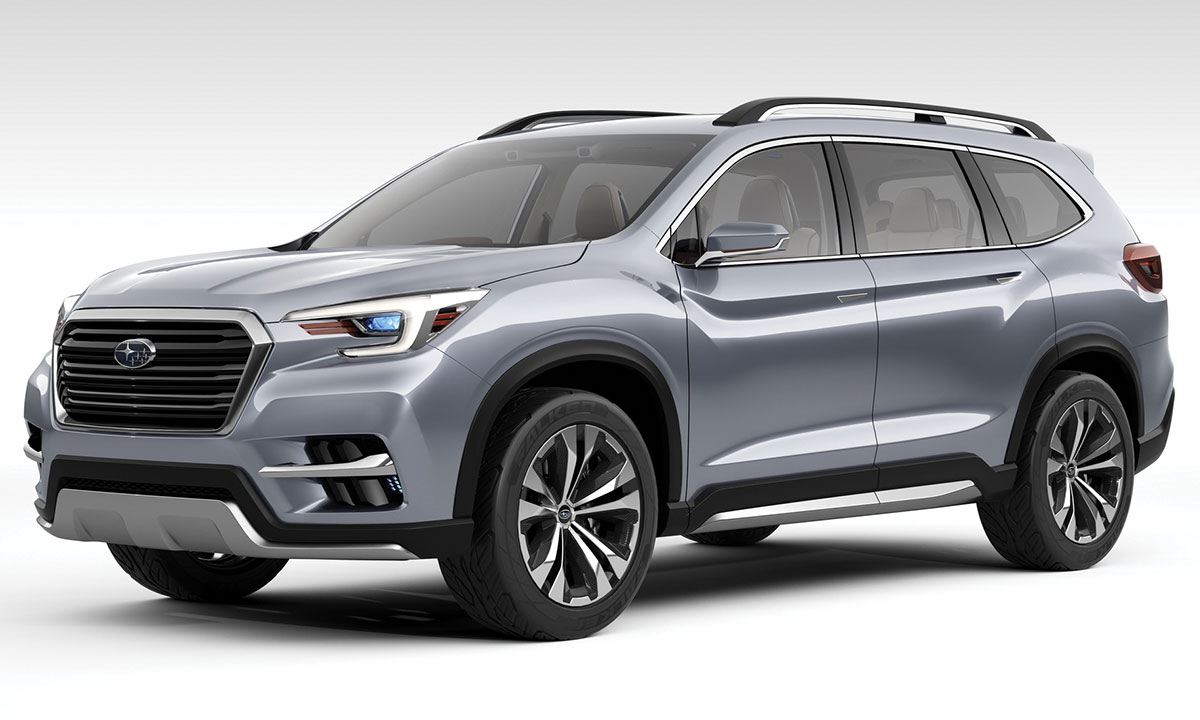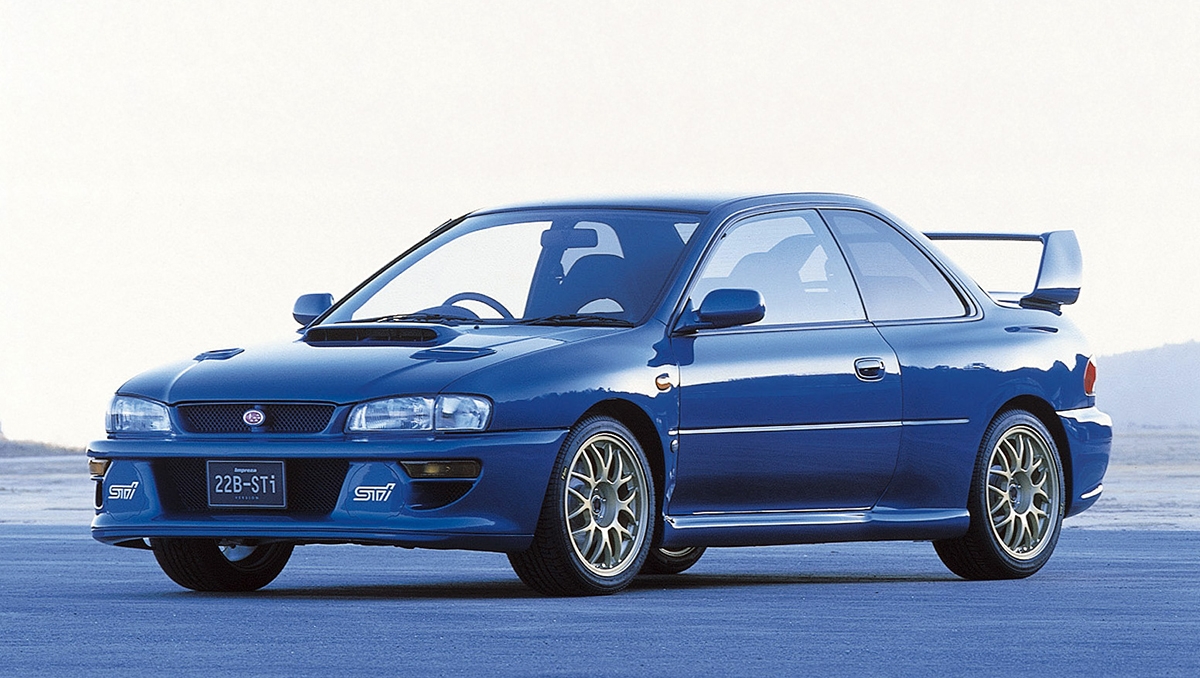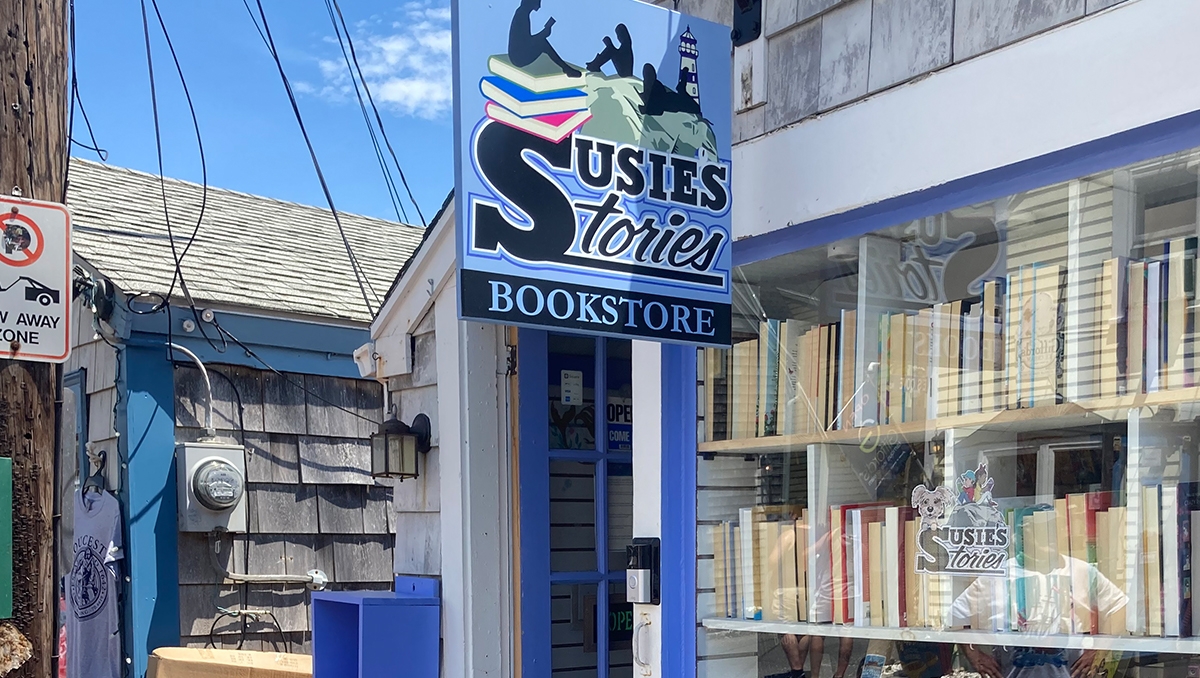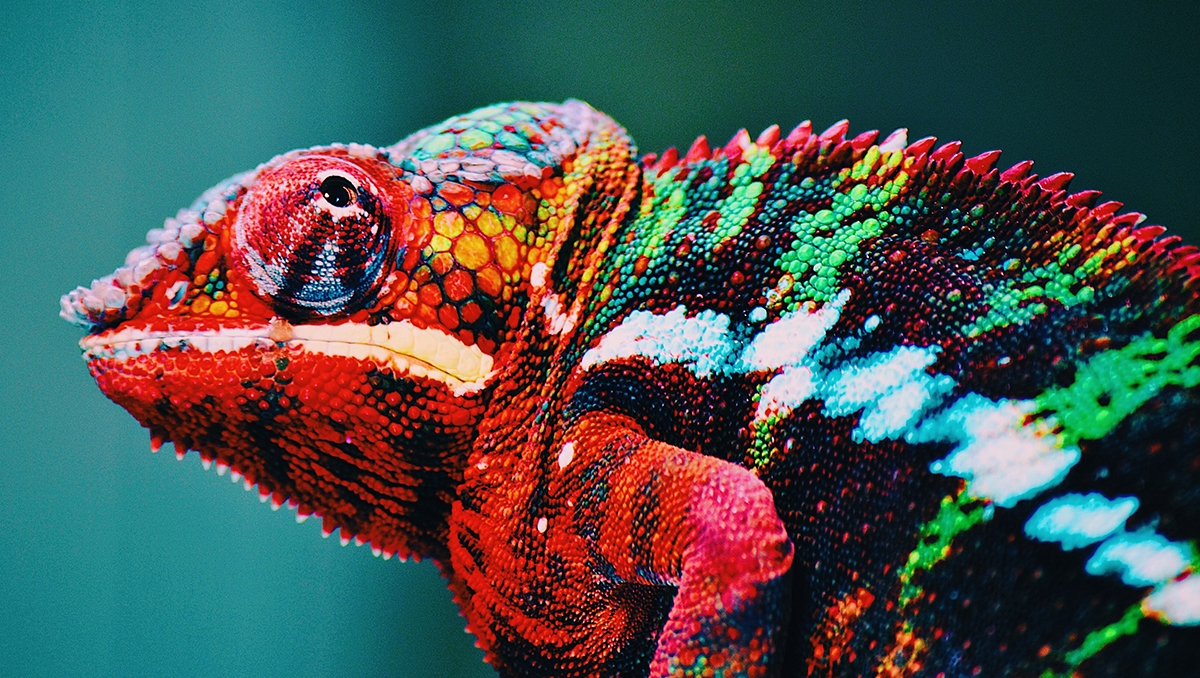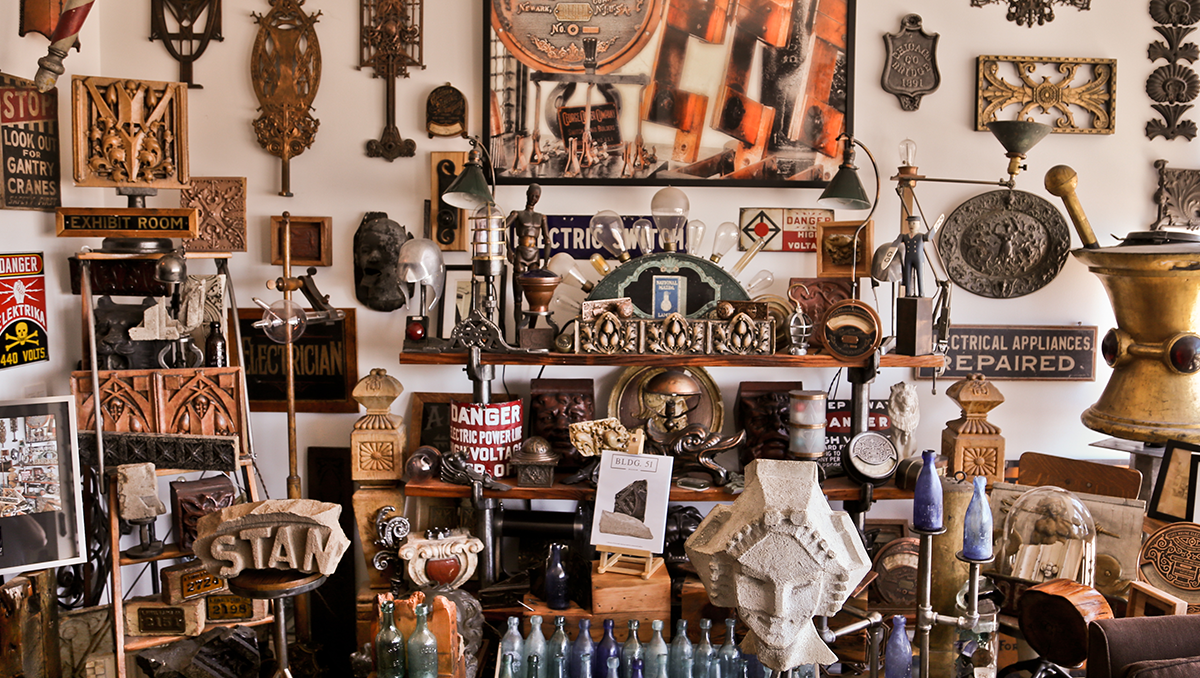Fifty years. In the span of automotive history, Subaru is still relatively young. Over the last five decades, however, the company has gone from a novelty in America to one of the country’s most energetic, loyalty-inspiring brands.
To understand just how Subaru of America was founded, you need to go back to the early 1960s. Due in part to successful marketing efforts, small motorcycles and motor scooters were selling in the U.S. by the hundreds of thousands every year. Tokyo-based Fuji Heavy Industries, Ltd. (FHI) started selling its scooters in the States. Sensing an opportunity, entrepreneur Malcolm Bricklin set out to try his hand franchising retailers for FHI-manufactured scooters. By the time the ink was dry on the deal, though, FHI had ceased scooter production. Not easily deterred, Bricklin next set his eyes on the Subaru 360 – a tiny, rear-engine car. Shortly after, he partnered with his friend Harvey Lamm to launch Subaru of America on February 15, 1968.

Things began modestly. The 360 wasn’t a fantastic vehicle, but the fledgling Subaru brand made the best of it with a self-deprecating ad campaign, “Cheap and Ugly Does It.” And the tiny vehicle did what it needed to do, keeping Subaru going until the introduction of the FF1 in 1970. The first front-wheel drive Subaru product, it was also the first Subaru with a SUBARU BOXER engine. Shortly after, in 1975, another hallmark was reached when the company introduced a station wagon with all-wheel drive (AWD), the DL/GL, an automotive milestone in that it was the first mass-production, popular-priced 4WD passenger car.
Impressive engineering, however, wasn’t always enough to sell vehicles. Like many young companies, Subaru experimented with various approaches to advertising, with mixed results. The most successful agency for the company in its early years was Levine, Huntley, Vick & Beaver, who came up with the tagline, “Inexpensive. And Built to Stay That Way,” a message that resonated with sticker-shocked Americans during the Carter administration.
Subaru marketed vehicles in this vein for 17 years. As Subaru eventually sought to branch out into sporty, upscale models like the SVX and Legacy, it was time to move on. In 1991, the company briefly flirted with, “Subaru. What to Drive.” The experiment proved to be a challenge, and Subaru momentarily lost its focus with American buyers, who still equated Subaru with value.
Consequently, in 1994, Subaru refocused marketing on one of its strongest competitive advantages: All-Wheel Drive. While a few premium brands offered AWD, no other brand delivered it in a car most Americans could afford. The tagline “The Beauty of All-Wheel Drive” was a winner, but the initiative began as other manufacturers were offering the first SUVs. The answer was to use its existing Legacy Wagon as the base for the Outback. Billed as “The World’s First Sport Utility Wagon,” the Outback combined the utility and AWD of the Legacy Wagon with the appearance and taller ride height of an SUV. Supported by an ad campaign starring Crocodile Dundee actor Paul Hogan, the Outback was a hit.
In 1995, Subaru of America became the founding sponsor of the Rainbow Endowment, a 501(c)3 that generated millions of dollars in charitable contributions to nonprofit beneficiary groups serving the LGBTQ community. Subaru was a pioneer in niche marketing to this consumer group, and one of the first brand marketers to openly support causes deemed important by members of the LGBTQ community nationwide.
The stars continued to align for Subaru in that, by the end of the decade, World Rally Championship videos were hitting the internet, and the Subaru vehicles that dominated the competition were reaching a U.S. audience. The WRX arrived in 2001 and the WRX STI in 2004, introducing Subaru to a new generation of young customers.
Nevertheless, by 2005, sales were stagnant, and the company, now led by Thomas J. Doll, determined that change was needed. As a result, the company readjusted pricing in order to protect residual values, with Subaru vehicles growing in size to better reflect U.S. tastes.
Additionally, on the creative side, in late 2006, agency Carmichael Lynch was hired, and a new set of emotionally charged ads followed. Most impactful was an insight into the love that Subaru owners have for their vehicles – and the launch of the Love initiative. Revitalized, Subaru increasingly recognized its appeal to outdoor enthusiasts and found favor with pet owners due to its concern for animal welfare. New models, Crosstrek and BRZ, were added to the lineup, and advertising began to focus on safety, reliability, versatility and performance.
With Love, Subaru had hit its stride. Product, leadership and identity coalesced, and Subaru sales in the years from 2007 to 2016 rose consecutively – from less than 200,000 to more than 600,000 vehicles per year, with sales growth currently the longest in the industry. Far more than just an advertising slogan, Love Promise became the Subaru rallying cry, with Subaru and its retailers donating nearly $90 million to honorable causes through Share the Love philanthropic events between 2008 and 2016.
It’s those who love their Subaru vehicles, after all, who are largely responsible for the company’s success. Subaru is thankful for them every day – and we believe the best is yet to come.
1968
- SOA founded
1975
- Introduces “on demand” AWD
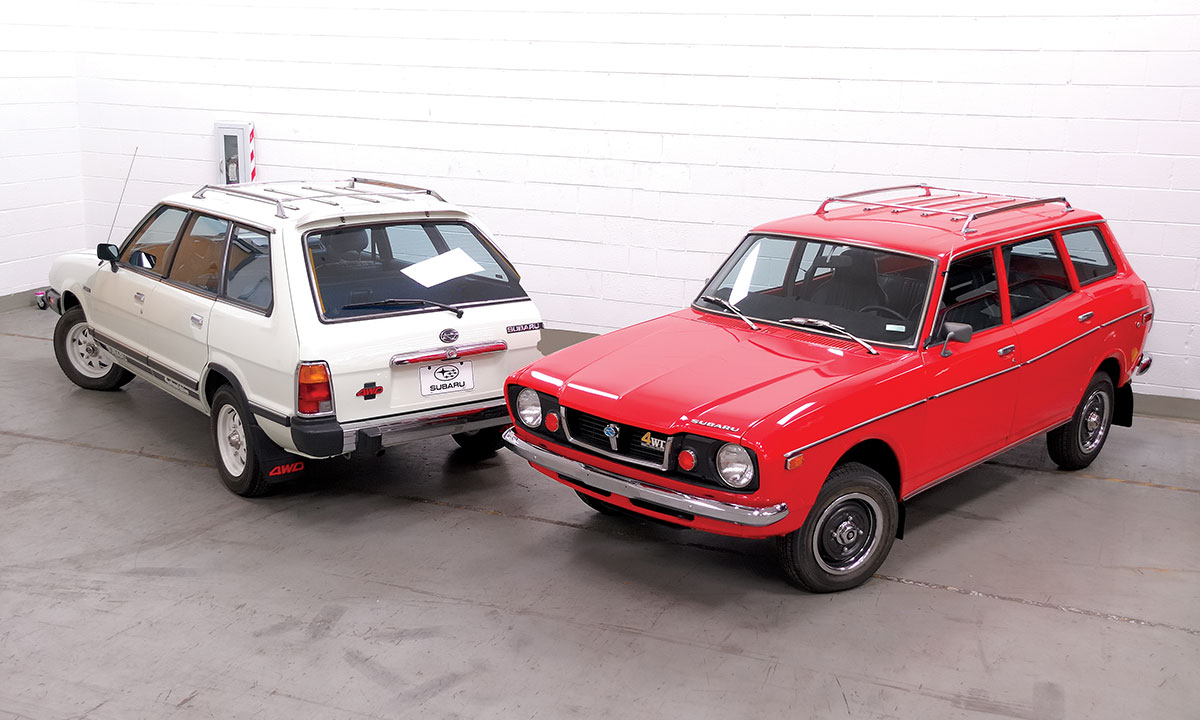
1984
- Subaru of America Foundation established to support the communities where we live and work
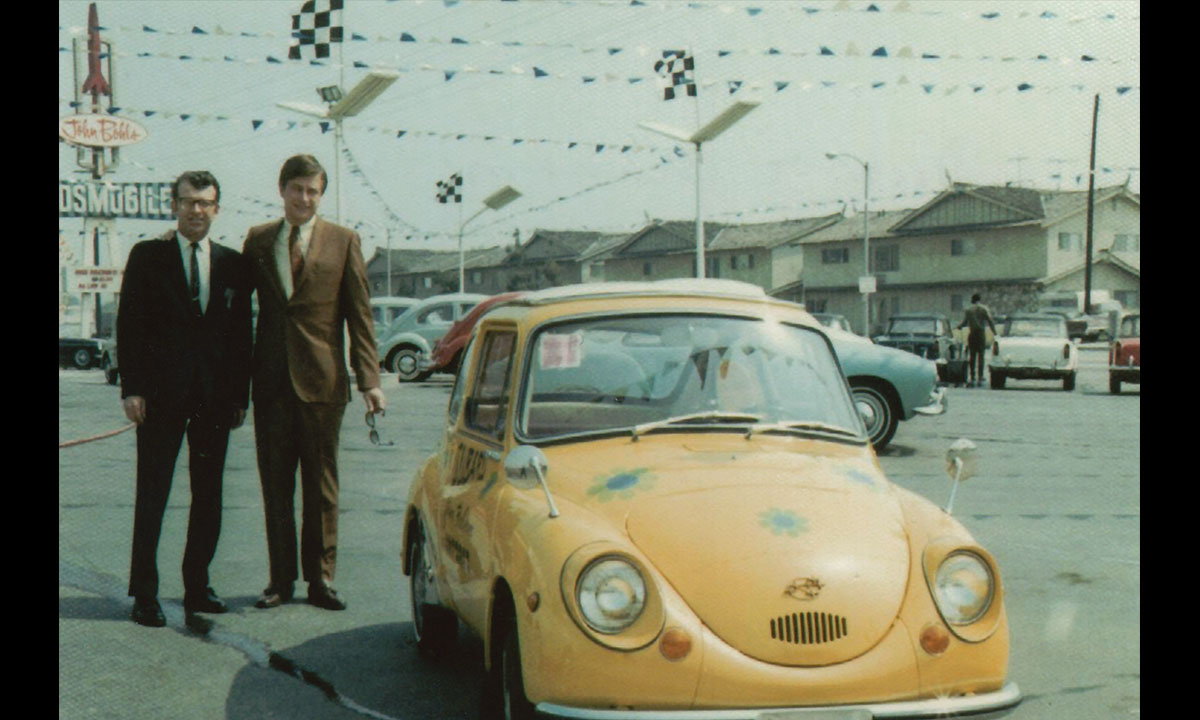
1986
- U.S. manufacturing facility in Lafayette, Indiana, announced
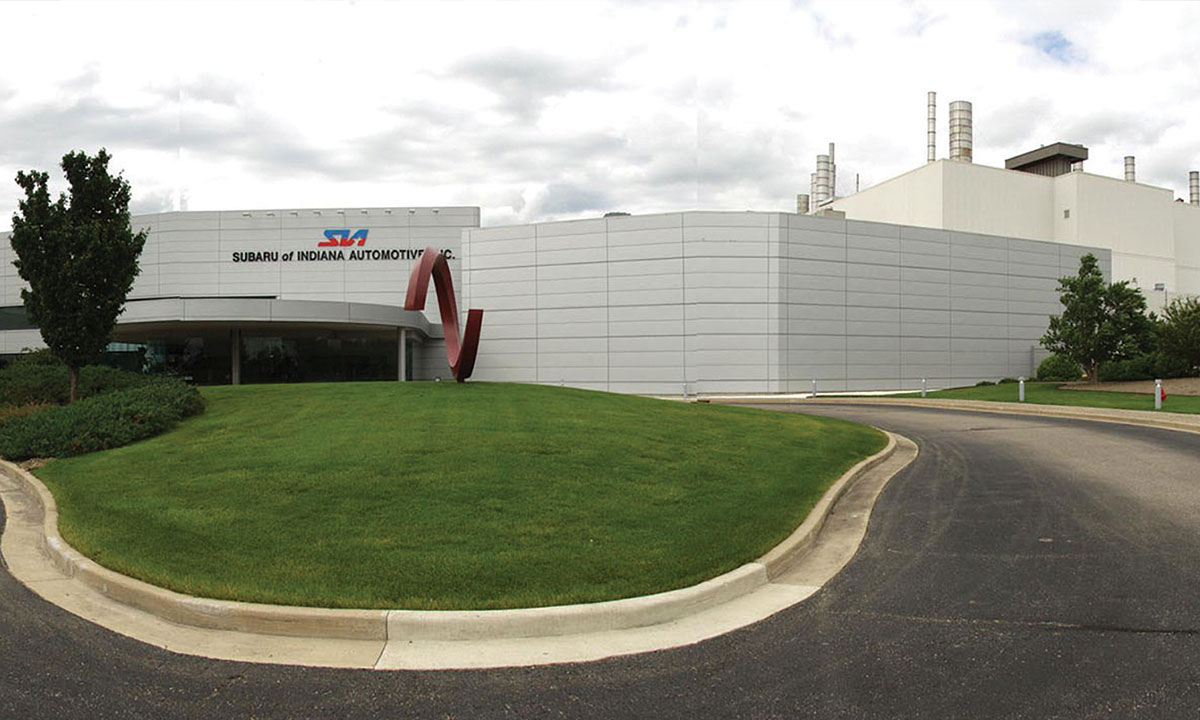
1993
- Impreza introduced
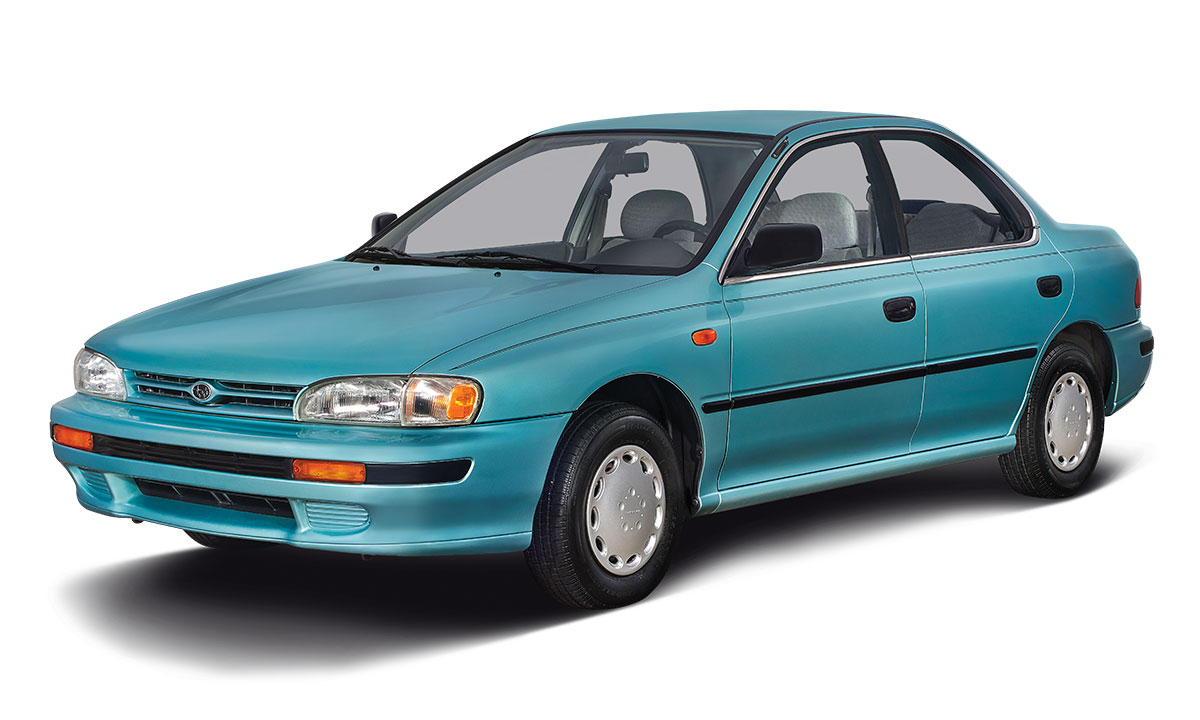
1995
- Outback launched

1997
- Forester introduced with “Sport-utility tough, Car easy” slogan
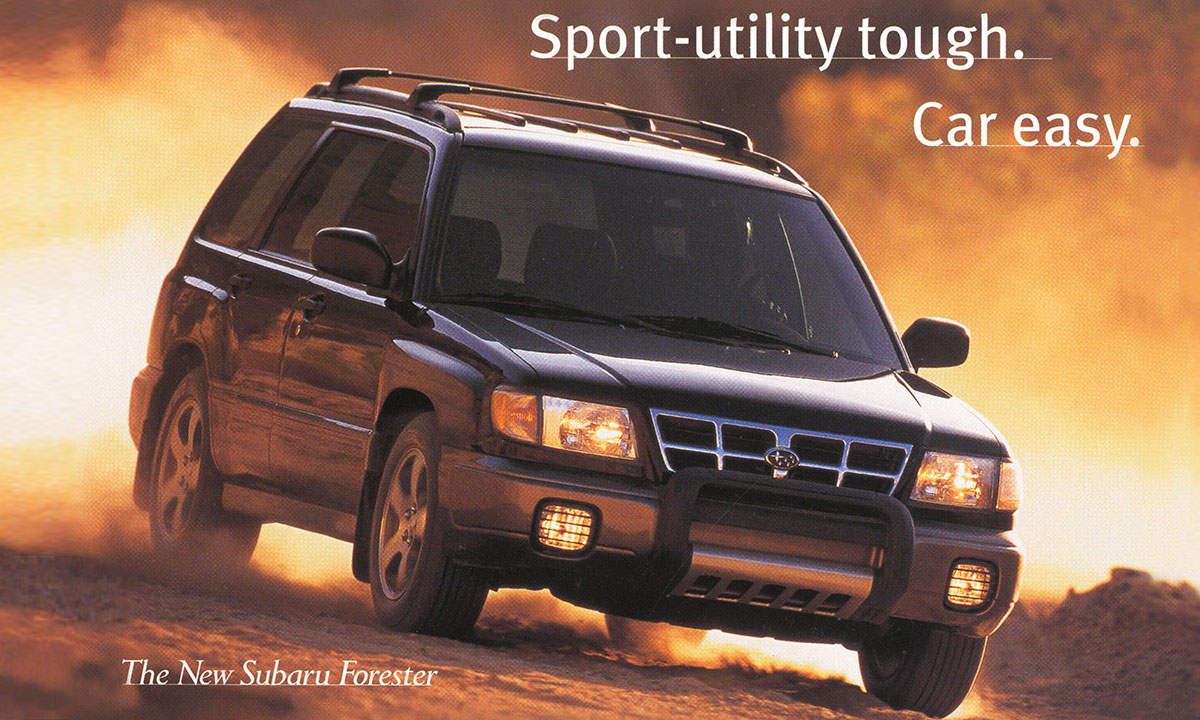
2001
- Subaru Rally Team USA introduced
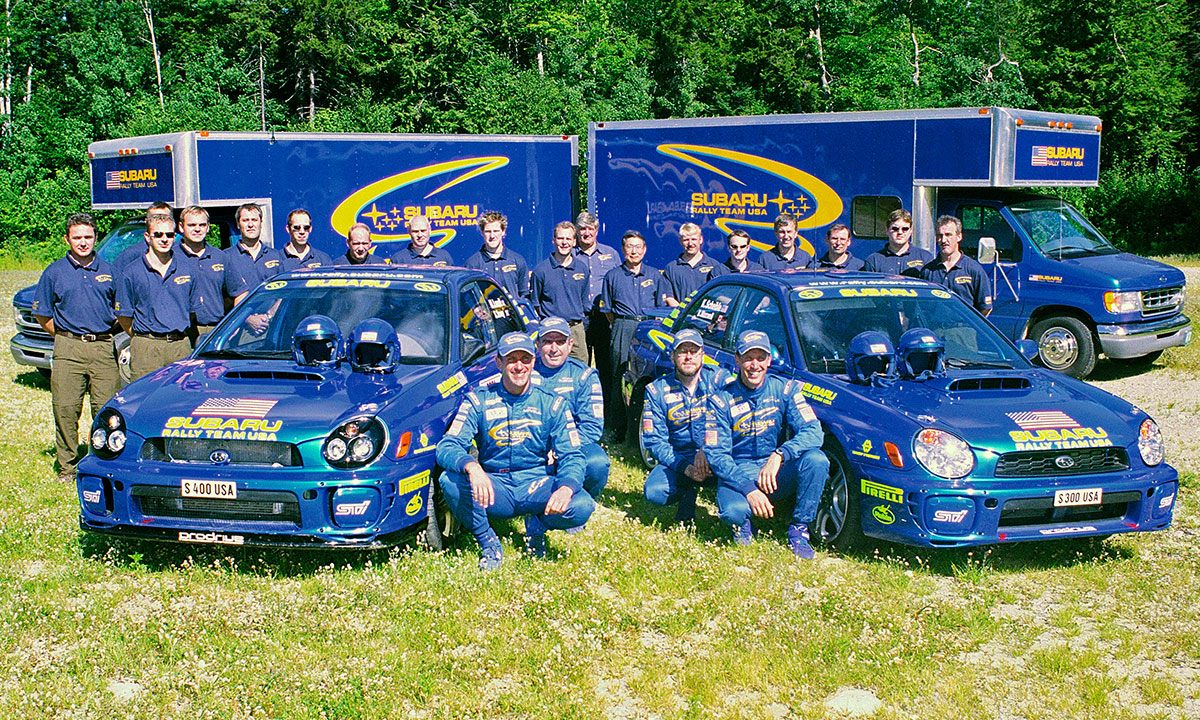
2004
- Subaru of Indiana Automotive, Inc. became zero landfill
2008
- Love initiative launched

2013
- XV Crosstrek and rear-wheel drive BRZ introduced
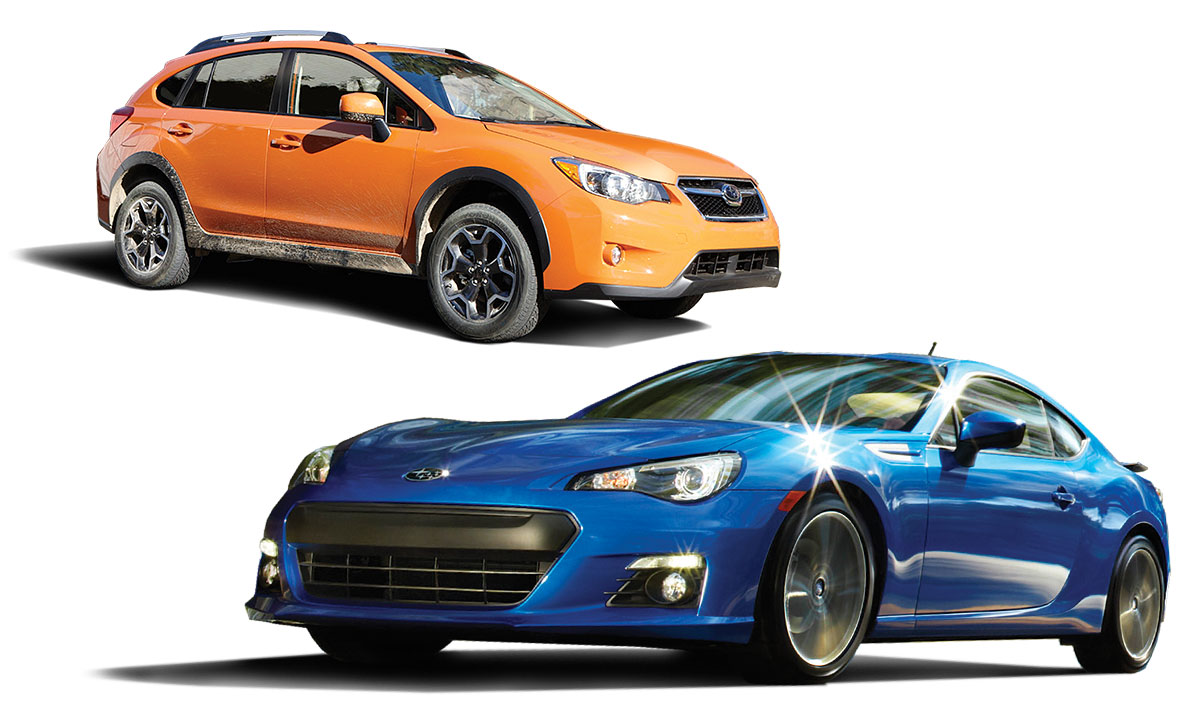
2016
- Impreza built in U.S.
- $90M donated over eight years through Share the Love
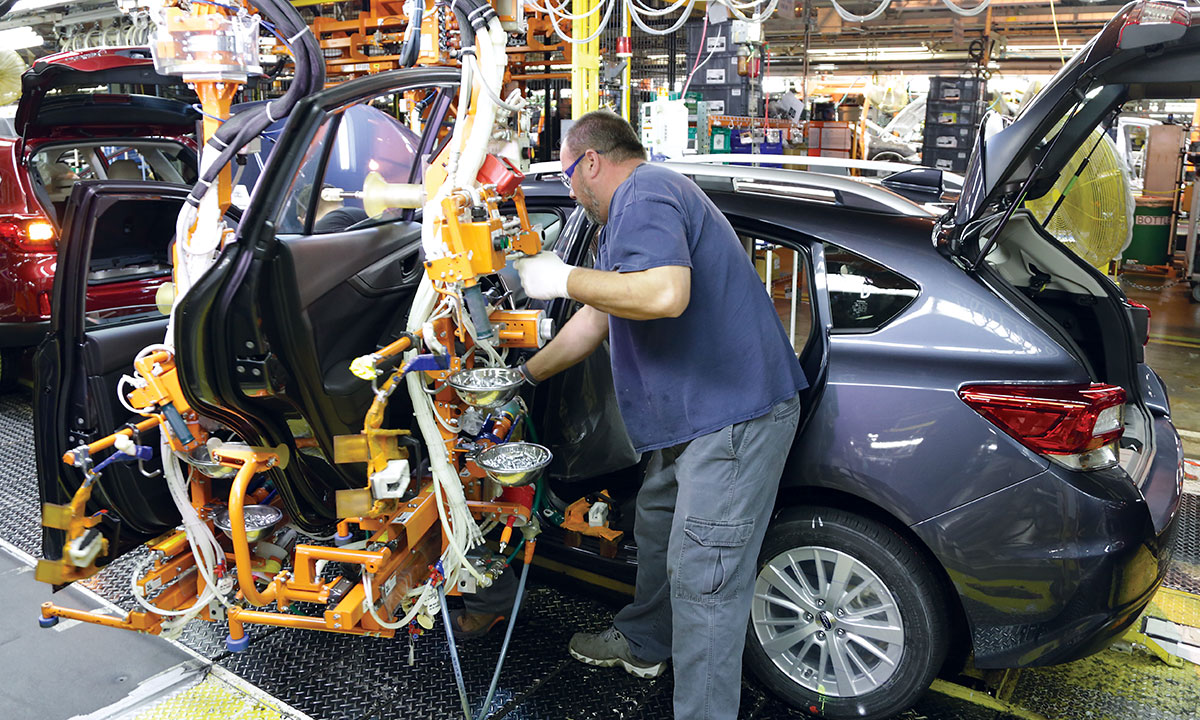
2018
- 50th Anniversary
- 3-row Ascent to be launched
